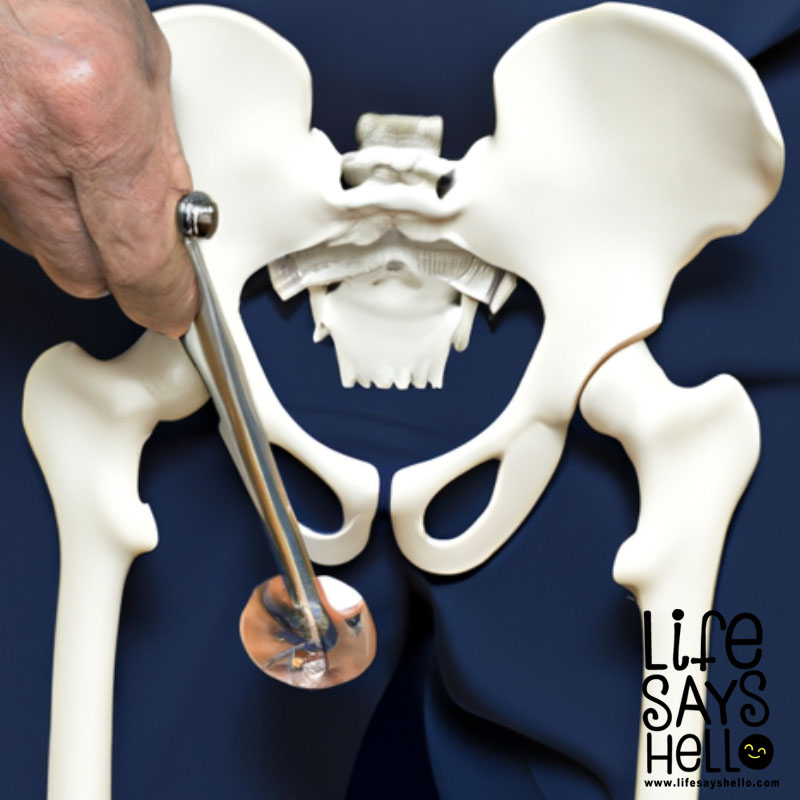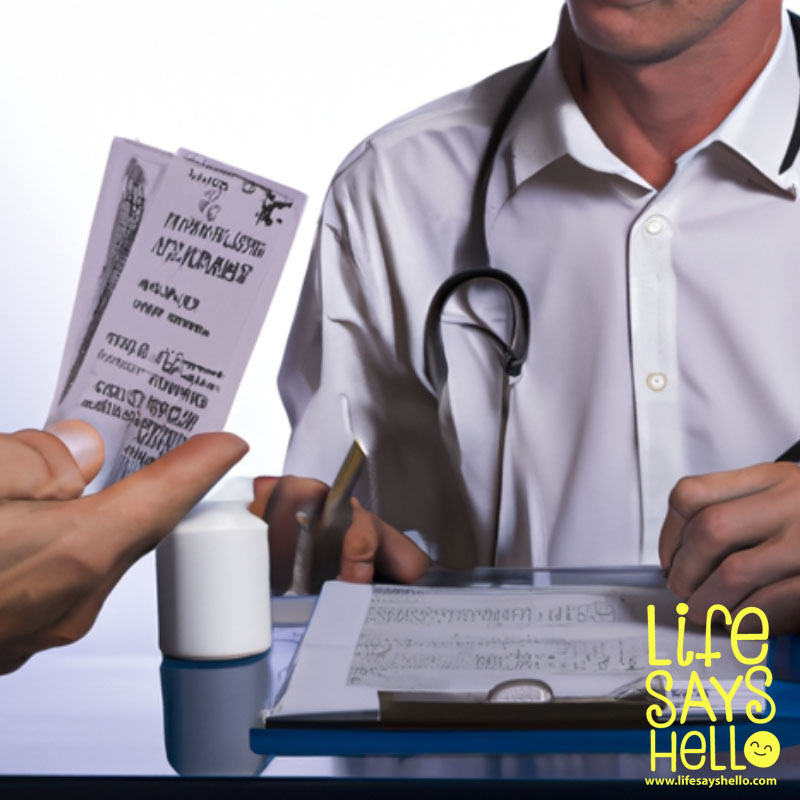What Are the Symptoms of Tuberculosis (TB)?

Tuberculosis, commonly known as TB, is a potentially serious infectious disease that mainly affects the lungs. TB is spread through the air when someone with active TB infection in their lungs coughs, speaks, sneezes, or spits. According to the World Health Organization, TB remains one of the top 10 causes of death worldwide, killing over 1.5 million people each year. So what exactly are the symptoms of this concerning respiratory disease?
TB has both latent and active stages. In latent TB, the bacteria lie dormant in the body without causing any symptoms. People with latent TB are not infectious. Active TB that affects the lungs or throat causes the most common TB symptoms like coughing, chest pain, and coughing up blood. But TB can occur outside the lungs too, leading to a wide range of less common symptoms depending on the part of the body affected.
Understanding the various signs and symptoms of TB is crucial for getting proper screening and early treatment. Left untreated, active TB can permanently damage organs and be fatal. Let's take a closer look at the typical and atypical symptoms of tuberculosis disease.
Common Symptoms of TB Affecting the Lungs
The most frequent symptoms of active pulmonary TB include:
Persistent Cough
A cough that lasts for 3 weeks or longer is one of the most tell-tale signs of TB disease. The cough may initially be dry but eventually produces thick mucus or phlegm from the lungs. This long-lasting cough may be accompanied by chest pain and wheezing as the infection causes inflammation in the respiratory tract.
Coughing Up Blood
Coughing up blood or bloody mucus is another common TB symptom. This bloody sputum indicates severe lung damage and occurs in about 25% of those with active TB. Coughing up blood should never be ignored as it signifies an advanced stage of infection.
Fever and Chills
Low-grade fevers in the evening and night sweats are characteristic symptoms of TB disease. The fever is typically mild but may spike as high as 104°F during active infection. Shaking chills often accompany the fever.
Unexplained Weight Loss
Losing a considerable amount of weight without trying is a classic sign of active TB, especially in the elderly. This unexplained weight loss is due to poor appetite and the body diverting energy towards fighting the lung infection.
Fatigue
Excessive tiredness and fatigue are common issues reported by those with active TB. This lack of energy prevents normal activity and work. The fatigue may be accompanied by overall body weakness.
Chest Pain
Chest pain occurs in about 25% of active TB cases. The pain worsens when breathing deeply or coughing due to inflammation of lung tissue. The chest pain may feel sharp, stabbing, or a dull ache.
Night Sweats
Drenching night sweats that require changing clothes or bedding is often reported with TB. These episodes of excessive sweating typically occur in the early morning hours. Night sweats along with fever can point to TB.
Uncommon Symptoms of TB Outside the Lungs
Though the lungs are the most common site, TB can occur in other areas of the body too. Extrapulmonary or disseminated TB accounts for about 20% of cases. The symptoms of TB disease outside the lungs depend on the exact location affected:
Swollen Lymph Nodes
Cervical lymphadenitis or swelling of lymph nodes in the neck is the most common form of extrapulmonary TB. The lymph nodes may become enlarged and painful.
Back Pain
Spinal TB or TB of the vertebrae can cause persistent lower back pain. The back pain may be accompanied by stiffness and tenderness.
Joint Pain and Swelling
TB arthritis usually affects the hips and knees. It causes painful, swollen joints that are warm and tender to touch.
Headaches
TB meningitis, an infection of the membranes covering the brain, leads to headaches that get worse over time. Severe headaches along with fever and mental confusion are characteristic.
Abdominal Pain
Abdominal TB starts with mild pain that gets worse over time. There may also be abdominal swelling, diarrhea, and constipation.
Urinary Symptoms
Genitourinary TB can cause pelvic pain, frequent urination, and blood in the urine. In severe cases, kidney failure can occur.
Why Early Testing is Vital
The wide range of TB symptoms makes it crucial to get tested if anything feels off. Many people have latent TB infection without realizing it because there are no signs initially.
But latent TB can later convert to infectious active disease if the immune system is compromised due to conditions like HIV/AIDS, diabetes, or immunosuppressant medication. According to the CDC, around 5 to 10% of latent TB cases become active TB if left untreated.
Getting tested even when symptoms seem minor allows early diagnosis and treatment. This prevents transmitting the infection to others and avoids serious complications. Delaying testing gives the TB bacteria time to multiply and spread deeper into the lungs and other organs where it can cause permanent damage.
Several screening and diagnostic tests are available to detect TB - a skin test, blood tests, chest X-ray, and sputum cultures. Doctors can also analyze your symptoms and risk factors like close contact with someone who has infectious TB. Don't ignore persistent respiratory symptoms or unexplained weight loss. Consult your doctor about getting a TB test.
With timely testing and prompt treatment, the outlook for TB is good. But without medications, up to 70% of people with active TB disease will die within 5 years. That's why it's critical not to overlook any potential signs and get checked out. If diagnosed early, TB can be cured with a standard 6-9 month antibiotic regimen.
So be aware of both the common and uncommon symptoms that could indicate TB infection. Listen to your body and discuss any lingering health issues with your doctor. Getting tested quickly offers the best chance for recovery without complications. With awareness and early action, we can gain the upper hand over this global health menace.




Comments